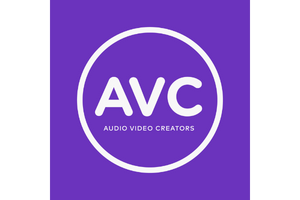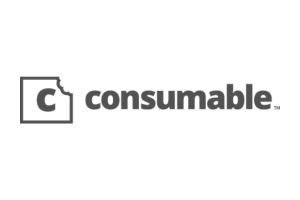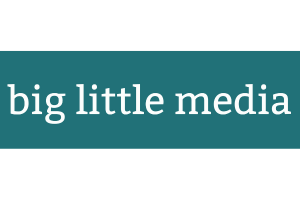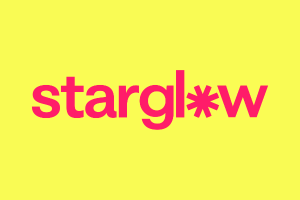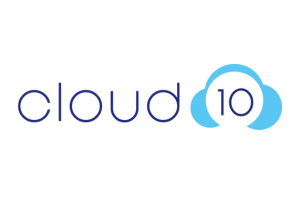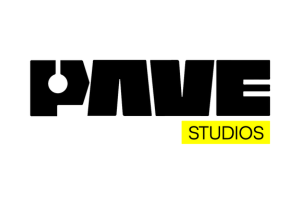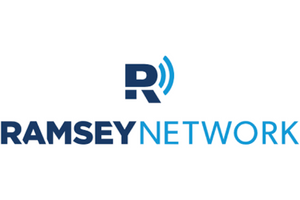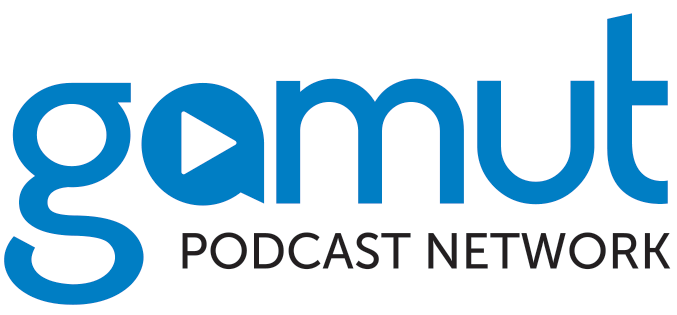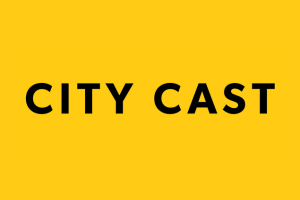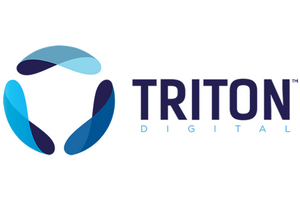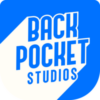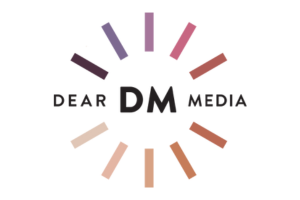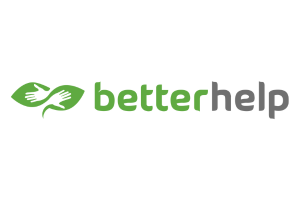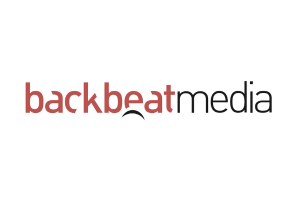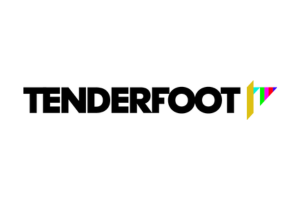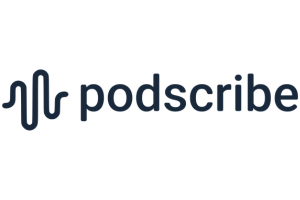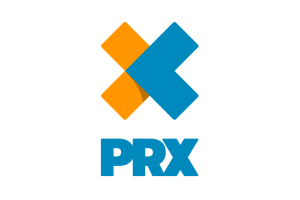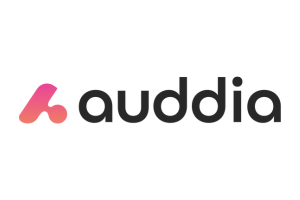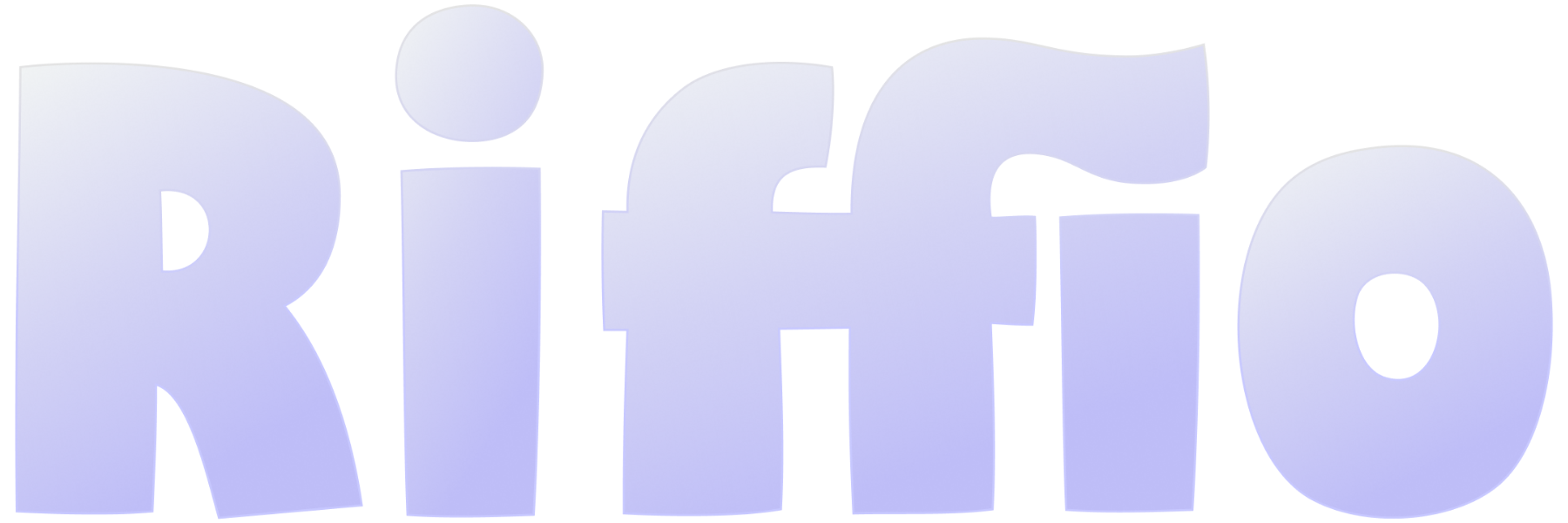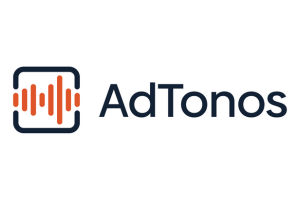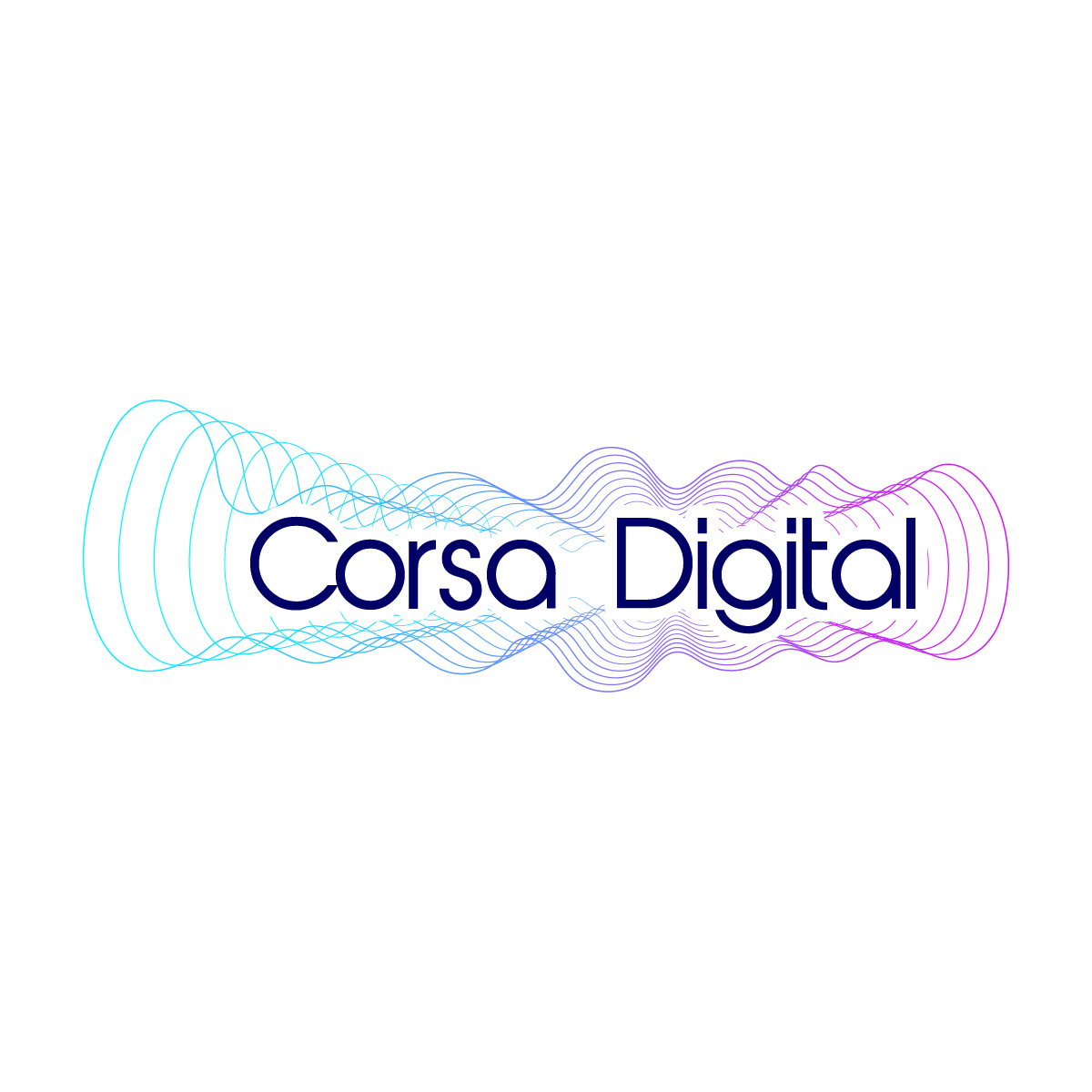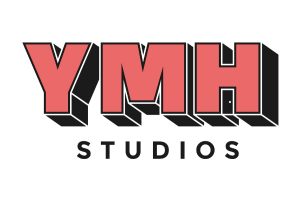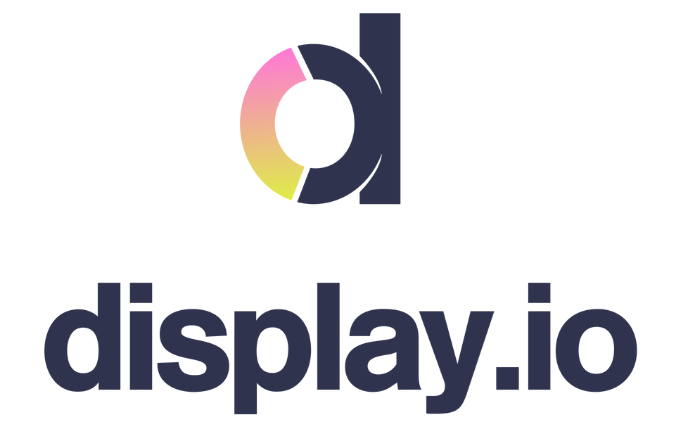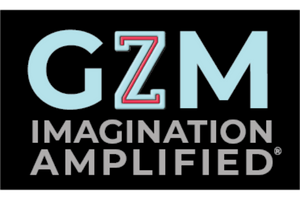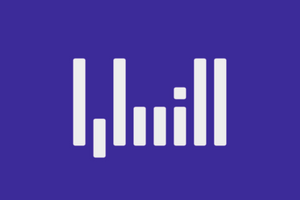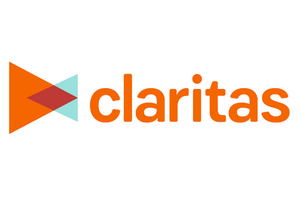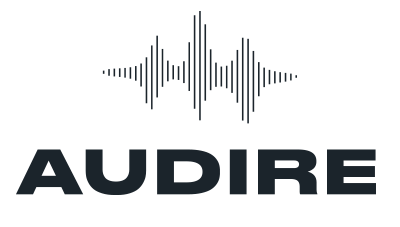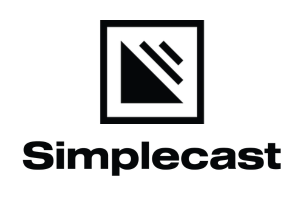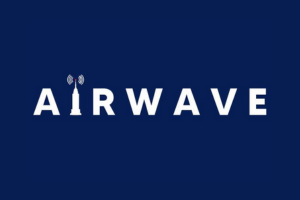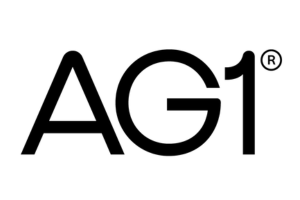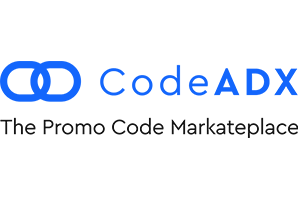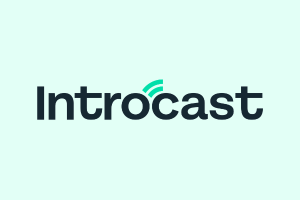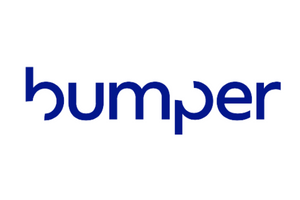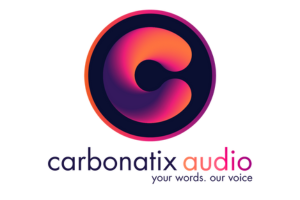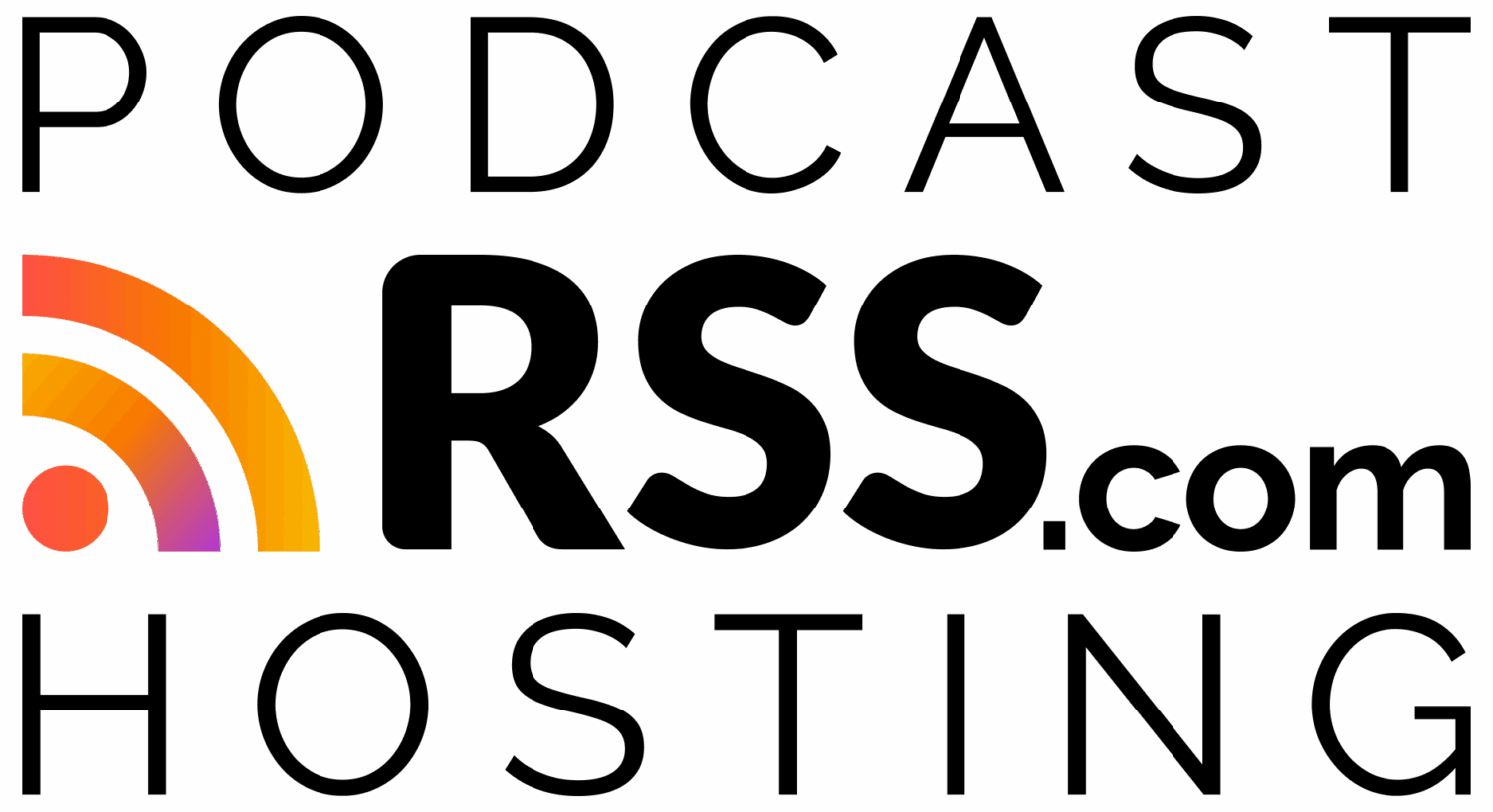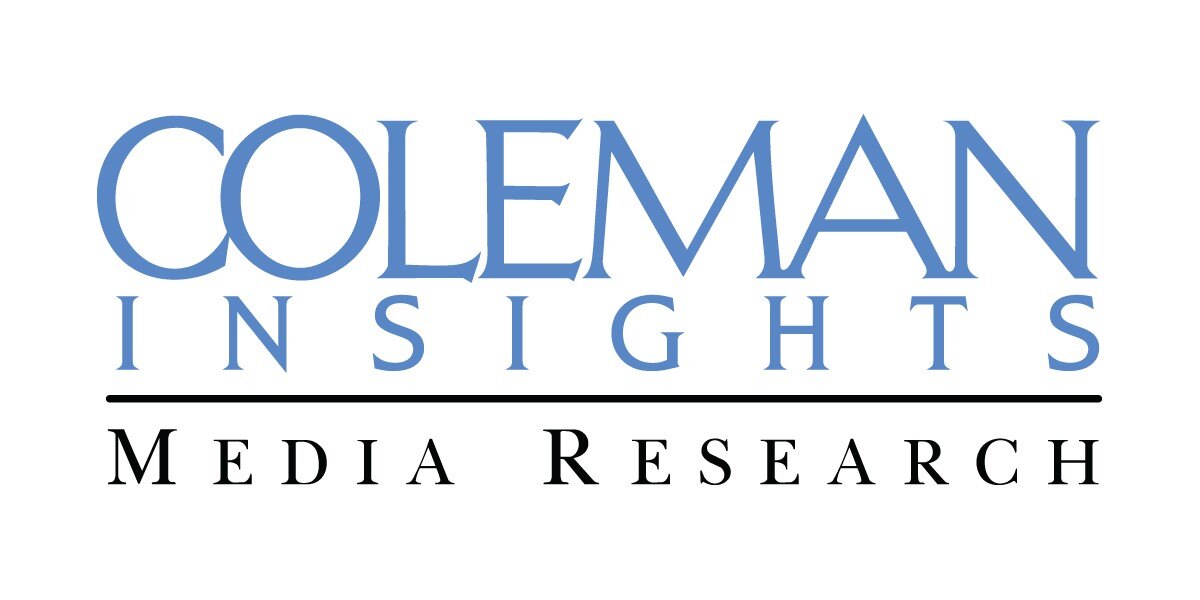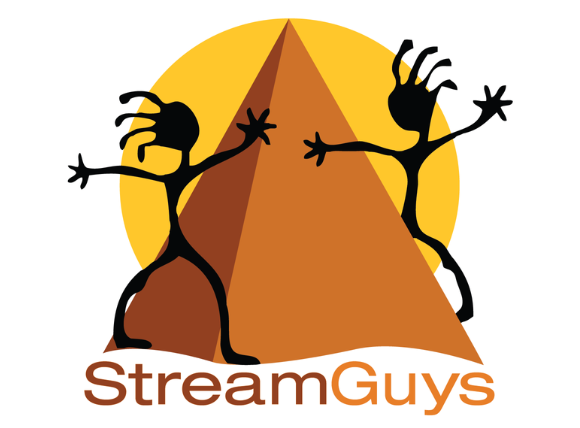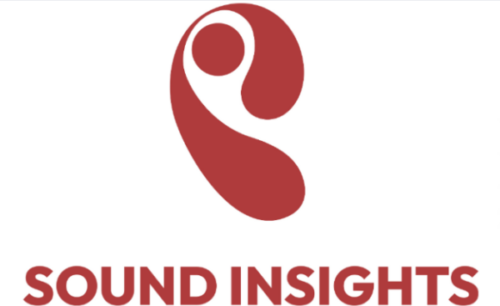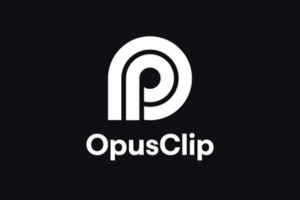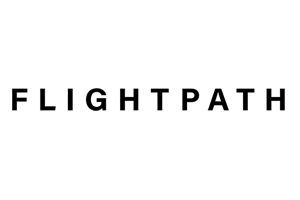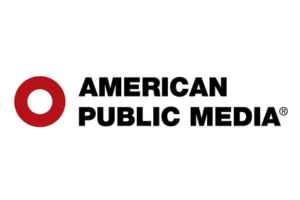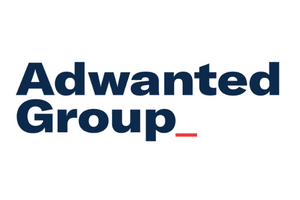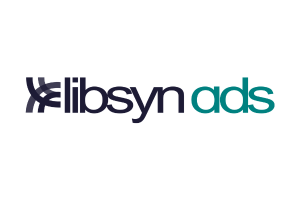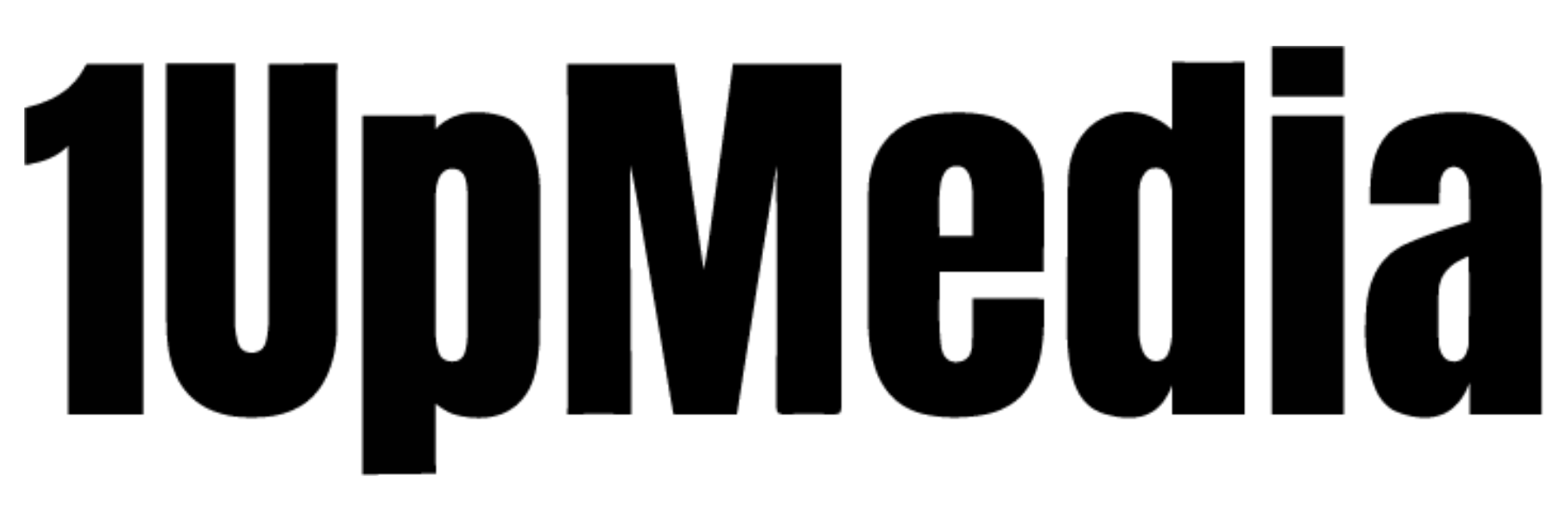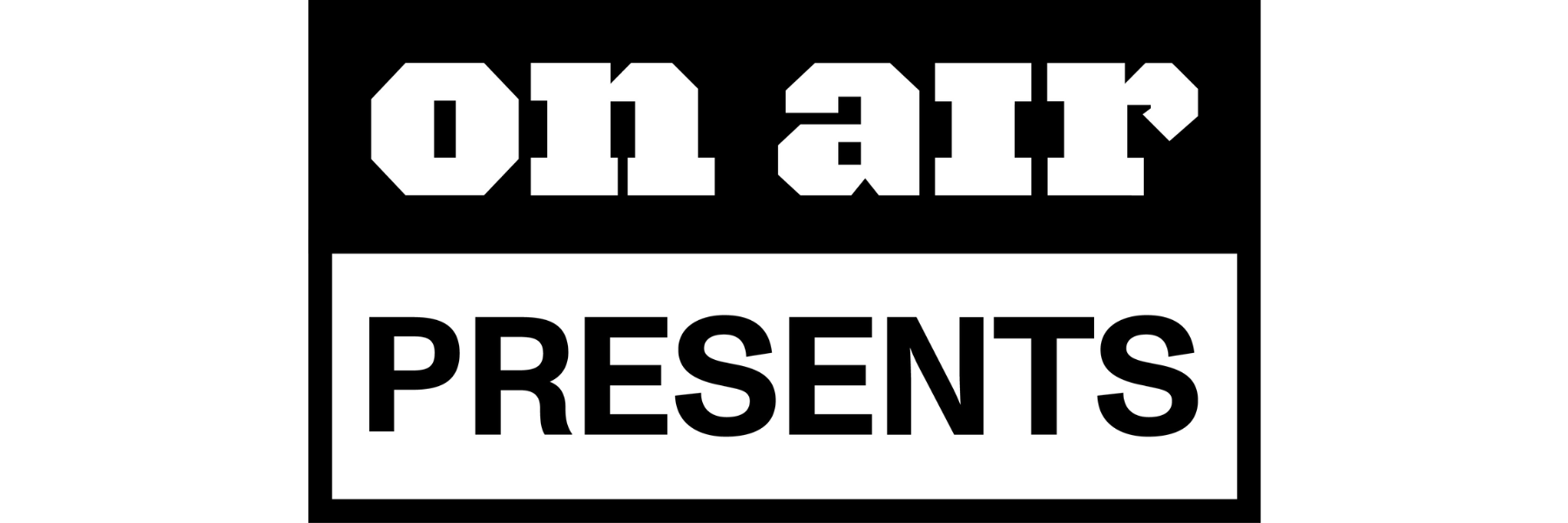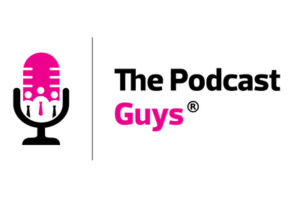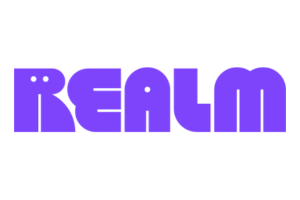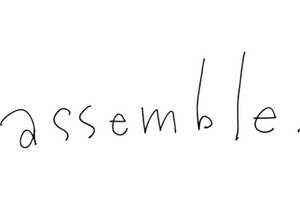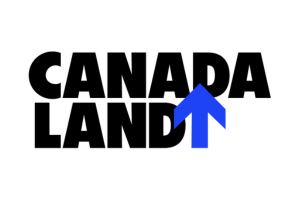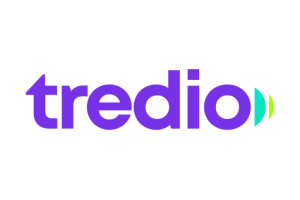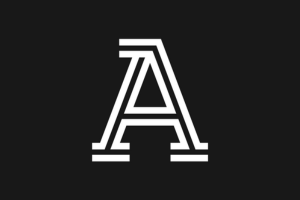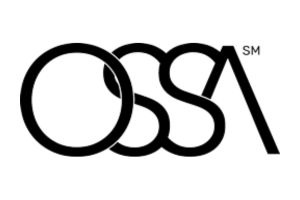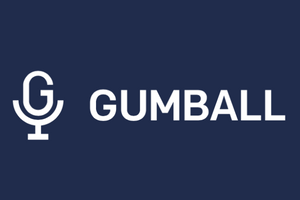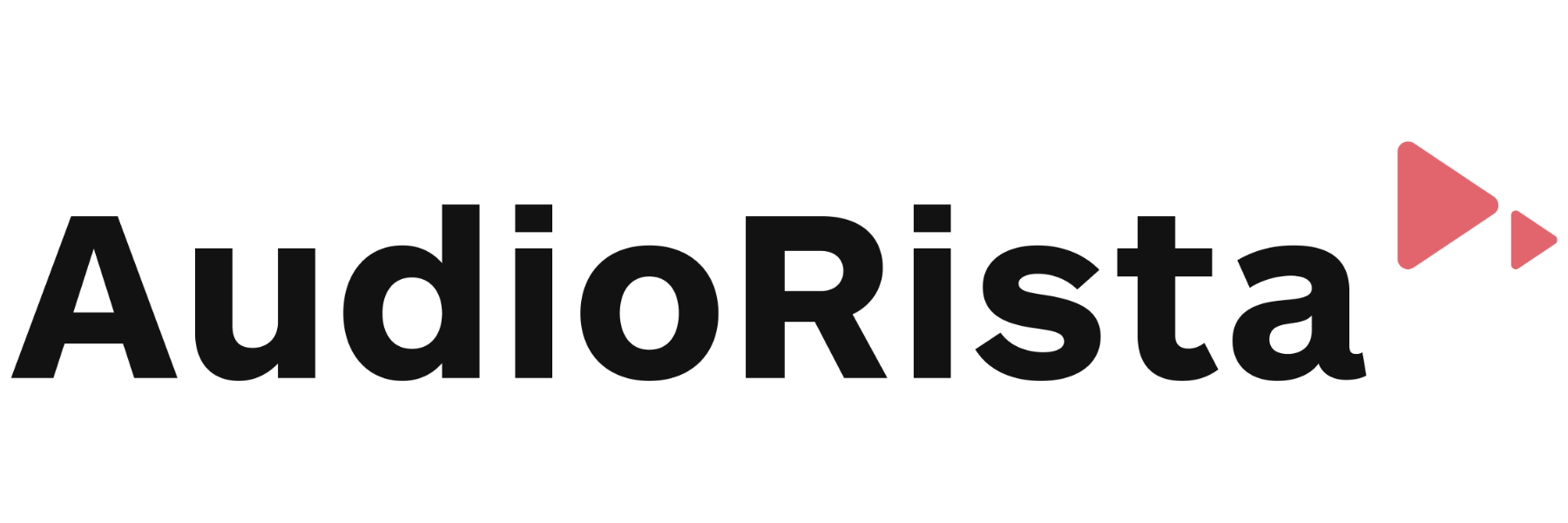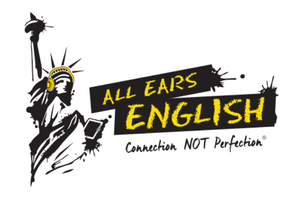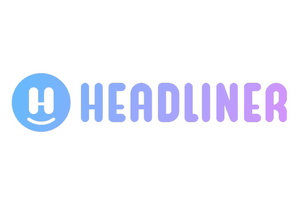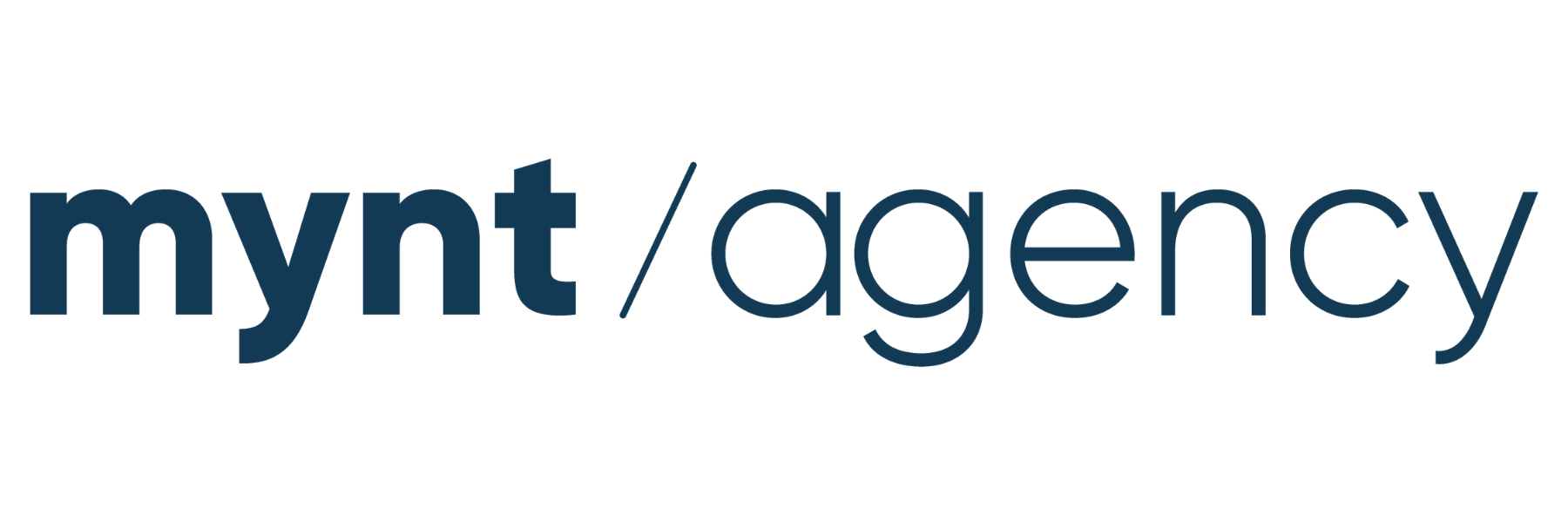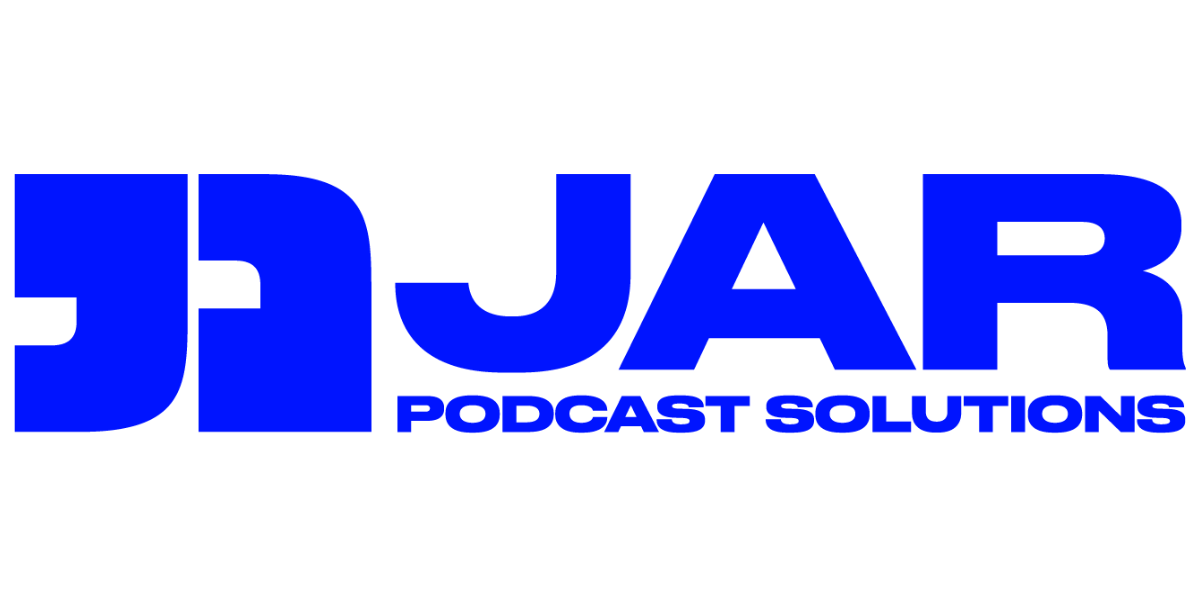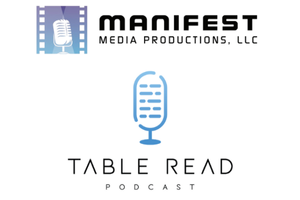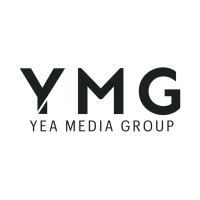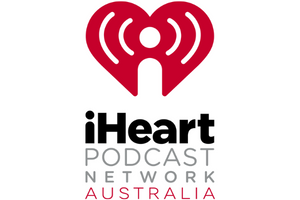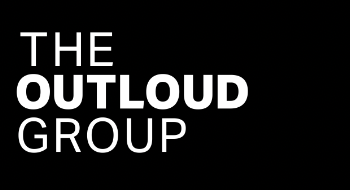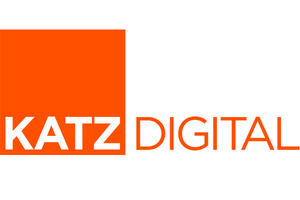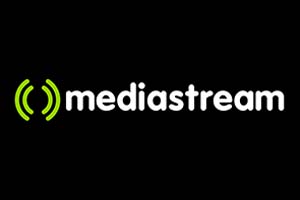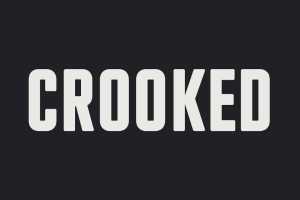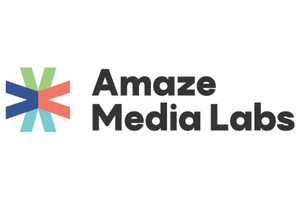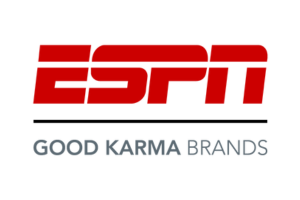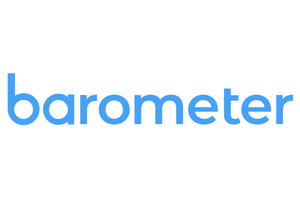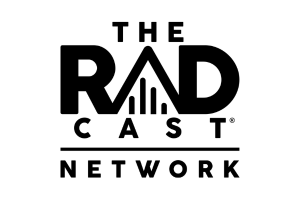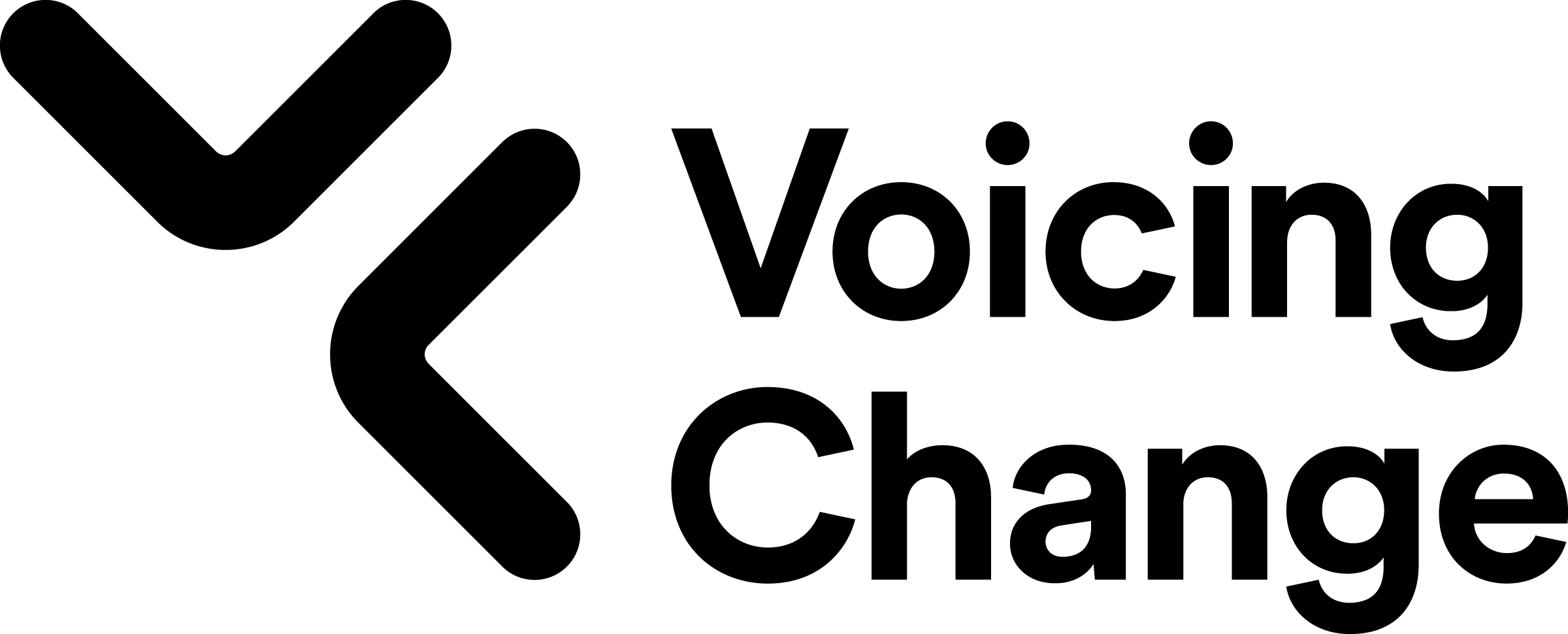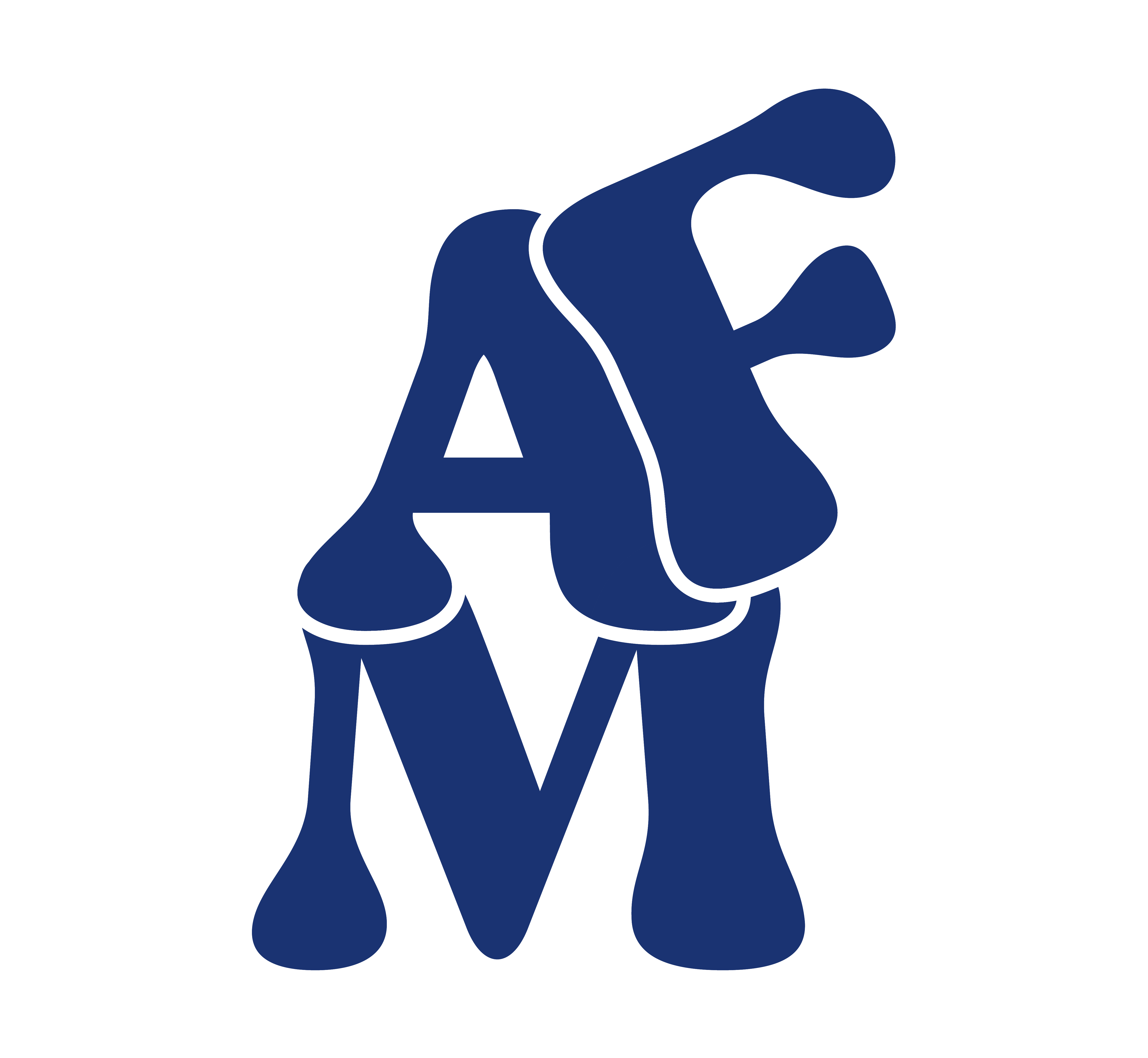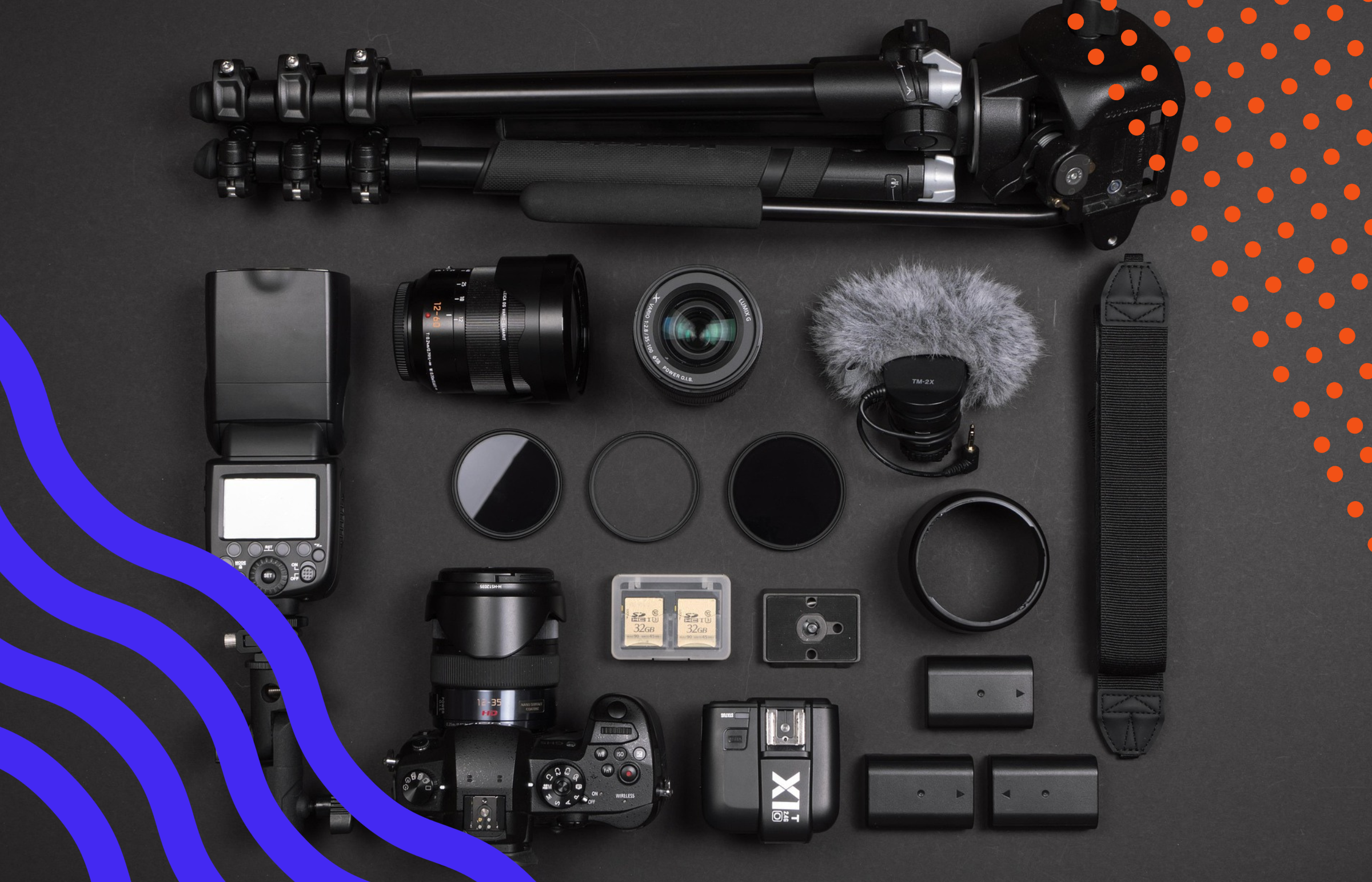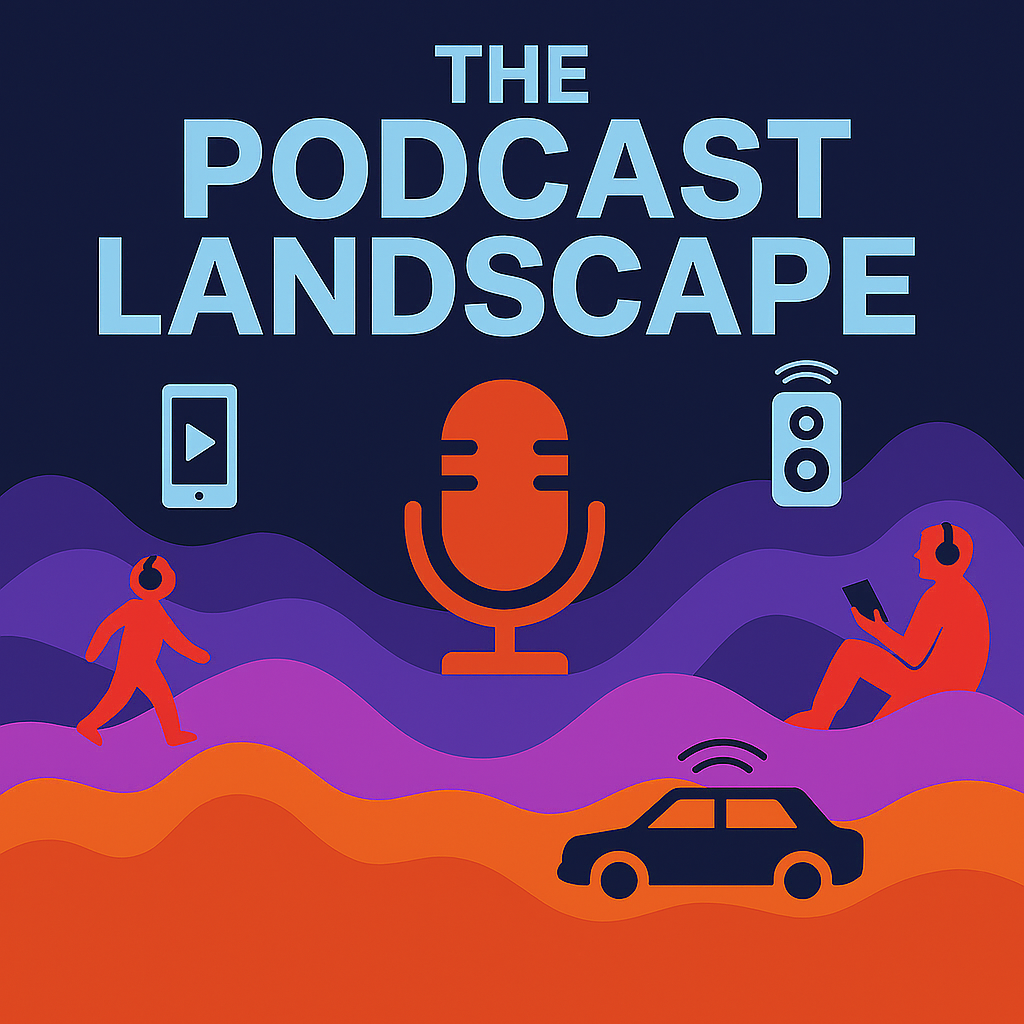The Podscape Winter Deadline is TOMORROW!
Clock’s ticking! Twice a year Magellan AI and Sounds Profitable team up to continue the living document that is the Podscape. A birds-eye view of the industry, the Podscape infographic sorts companies in the business of podcasting into various districts representing what products and services they provide. These biannual updates serve to both add new companies, as well as updating existing ones (e.g. change of direction, a new logo, new acquisitions). Participation is free and highly encouraged. Fill out the official form here by end-of-day today, Friday November 21st for your submission to be included in the Winter update scheduled to post early in the new year.
At a recent Bloomberg business of podcasting summit, Shots Studios co-founder John Shahidi explains the reasoning behind launching the Happy Dad seltzer brand: Full Send Podcast’s audience is 85% male, hard seltzers are popular, but college-age dudes perceive White Claw as effeminate. Happy Dad serves as an example of podcast monetization that builds equity in one’s own business. When a Full Send listener tries Happy Dad and likes it, they’ve just reinforced their connection to the podcast (which, itself, is driving affinity for the brand). While this is not about risk (see: influencers who tried to evolve past the content that created their makeup line or fashion brand in the first place), it does leverage a creator’s greatest tool: understanding their audience. Building a brand that fits an audience, and then using the podcast they already love to tell them about that brand has a lot of power.
Is Video Creating 2 Different Types of Podcasting? Our Data Says It Is by Katie Paterson
A further look at the Independent Podcaster Survey recently published by The Podcast Host. While there is the inherent, plain difference of audio and video podcasting being, of course, two different mediums altogether, the survey also demonstrates the slow divergence of the two as “podcasting.” 50% of video podcasting respondents spend more than $50/month on video production, compared to 28% of audio-only podcasters. Video respondents spend less time actually producing and editing episodes than audio producers, which seems paradoxical until taking into account formats: video respondents heavily skew towards interview podcasts. Solo productions or more labor-intensive formats (documentary, fiction, roundtable discussions with many participants) aren’t as prominent as they are in audio. As Tom Webster noted back in July in The Podcast Preservation Paradox, the industry is big enough for both algorithm-feeding weekly “easy” video shows and the high-effort high-polish audio that made podcasting popular to begin with, but it’s also on the industry to intentionally prevent economic forces from narrowing future creative possibilities. That way, we don’t accidentally box out anything that isn’t a formulaic easy-to-produce interview video.
Defector Annual Report, September 2024 – August 2025
Longtime readers might remember Defector Media, a sports and culture blog formed in the aftermath of the 2019 “stick to sports” exodus from Deadspin. The outlet has posted their annual breakdown of revenue and expenses. Podcast ad revenue continues to grow for the company, both from improving sales on Normal Gossip and monetization of new shows. Though, due to scheduling, this years’ Normal Gossip Live tour dates that would’ve counted towards both Live Event and podcast revenue happened just after the cutoff for the report. Still, the report notes that a “critical source of income” for Defector is Normal Gossip, and the show exists because journalist Kelsey McKinney trusted the show piloting process at Defector instead of taking an offer from a talent agency.
What to Do When a Podcast Hits Critical Advertising Mass
Krystina Rubino, general manager of Offline & Audio at Right Side Up, has published a sizable LinkedIn post about a tricky question in podcasting: what should a newly-monetized podcast cost, and when are they big enough to sell ads? In Rubino’s experience, podcasts tend to reach enough momentum to attract advertisers once they hit 10-15k downloads per episode. Enough momentum to demonstrate the show is scalable and predictable. Stand-alone indie shows that number climbed to the 20-25k downloads range, although niche content reaching a highly specific audience can get leeway there.
As for the rest of the news…
- Zeno Media has rolled out a new self-serve feature in the Zeno Tools dashboard, powered by their proprietary ad server. Broadcasters can now create, manage, and track their own direct ad campaigns in real time.
- As of today, shares for Acast have started trading on the Nasdaq Stockholm main market.
- Canadaland and The Canadian Jewish News have partnered to release the new investigative limited series What is Happening Here, in which host Jesse Brown examines the rise of antisemitism in Canada.
- Netflix has made enough noise shopping around for video podcasts that The Hollywood Reporter has even picked up the story.
- Redtech has further coverage of the CRA + Triton Digital October edition of their Australian Podcast Ranker
- The winners of the New Zealand Podcast Awards, supported by Acast, have been published and Podnews has a handy list with links to every podcast.




